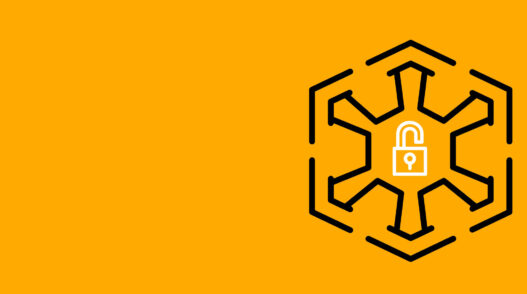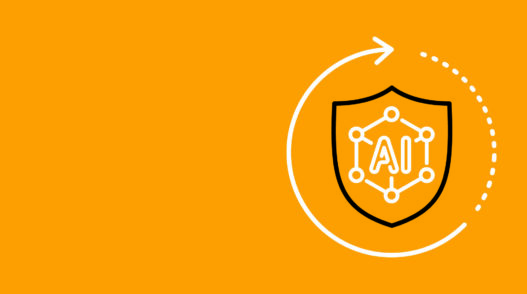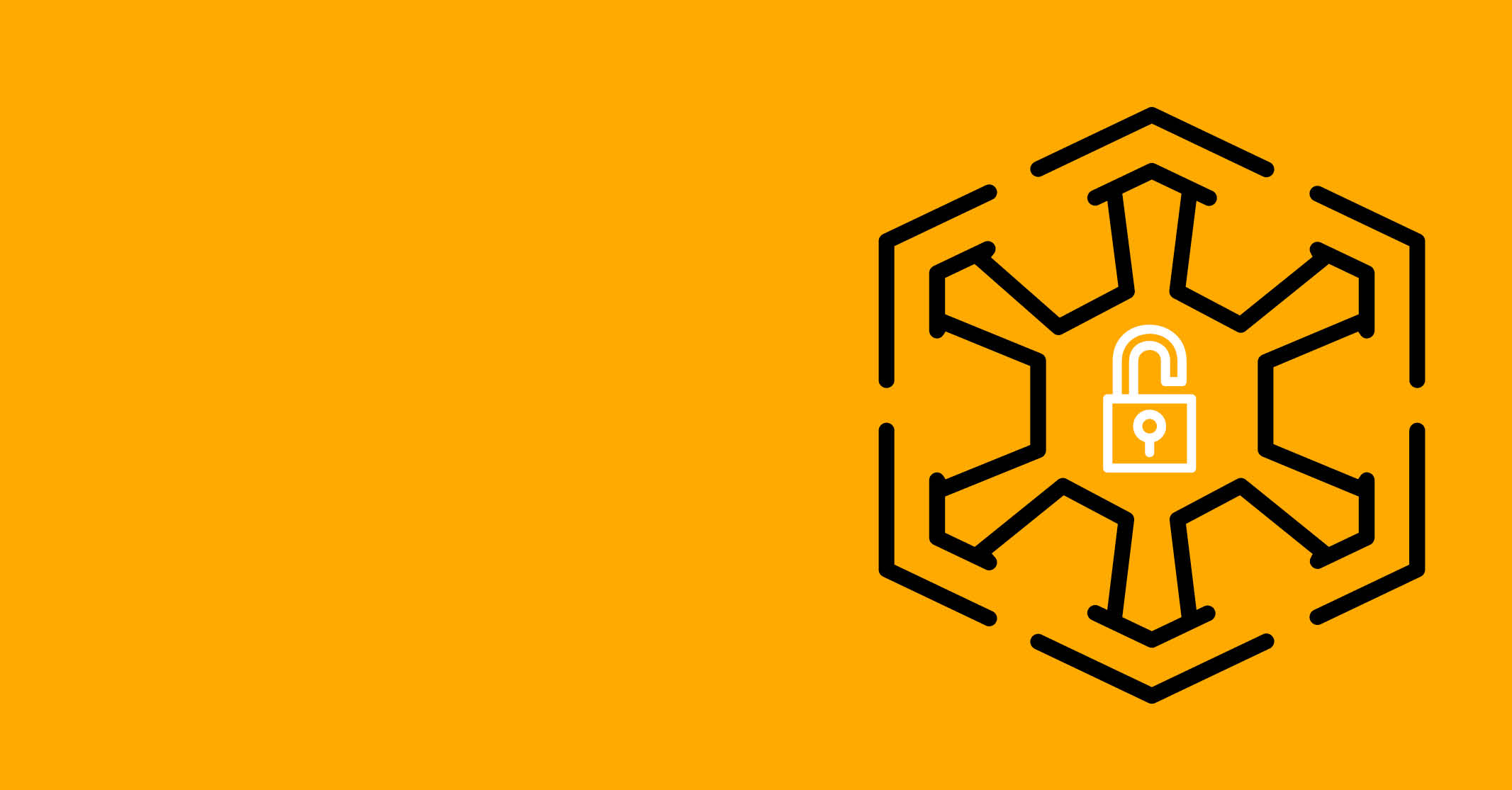Advanced Persistent Threats (APTs) are like the Sith Lords of the cyber world—stealthy, relentless, and always lurking in the shadows. Mentioning them can send shivers down the spine of anyone who’s been in the trenches. But what are APT attacks, and why do they make security teams break out in a cold sweat?
Consider how the Sith operated in secrecy for years, with agents like Darth Maul and Darth Sidious executing long-term plans to undermine the Jedi and the Republic. Similarly, an Advanced Persistent Threat attack is not about quick hits; it’s about stealthily infiltrating systems, staying hidden for long periods, and causing maximum damage from within.
I have waited a long time for this moment, my little green friend.
– Emperor Palpatine, Star Wars: Episode III – Revenge of the Sith
APT attacks are sophisticated, prolonged, and laser-focused, making them one of the most dangerous cyber threats out there. They don’t just aim to cause immediate chaos; they steal data, disrupt operations, and conduct espionage over an extended period. There’s no doubt that managing the risk of APT’s requires strong security measures.
APT Types: More Than Just a Phishing Expedition
APTs can strike from various angles. Let’s break down some of the most common types:
Spear Phishing
Think of this as the cyber version of a Jedi mind trick. Attackers send personalized, seemingly trustworthy emails to trick individuals into downloading malware or divulging sensitive information. In 2014, Sony Pictures was the target of such an APT attack. The attackers used emails that appeared to come from Sony Pictures Chairman, Michael Lynton, and requested the recipient to open a zip file that contained a malicious file. The attack was successful, resulting in the theft of confidential information, including emails, corporate passwords, and unreleased films.
Spear Phishing Watering Hole Attacks
This is like a Sith trap laid at the cantina. Attackers plant malware on websites frequently visited by the target organization’s members. NotPetya is a textbook example of this type of advanced persistent threat, spreading from a Ukrainian software site to major organizations worldwide. NotPetya targeted Ukrainian government institutions and multinational corporations, including shipping giant Maersk, causing them to shut down their entire global operations, resulting in an estimated $300 million in losses.
Supply Chain Compromises
Imagine tampering with the parts supplier for the Millennium Falcon. Attackers infiltrate and compromise trusted third-party vendors in order to gain access to target systems or execute a computer network attack (CNA). A good example of this is the SolarWinds attack of 2020. The malicious code was able to access the systems of these federal agencies by exploiting a vulnerability in the Orion platform. This vulnerability resulted in data breaches, allowing the attackers to gain access to the systems and steal sensitive information. The attack compromised the U.S. Treasury, the State Department, the Department of Homeland Security, the Pentagon, the Department of Energy, and the National Institutes of Health. In its attack on the National Nuclear Security Administration, a government agency responsible for overseeing the nation’s nuclear weapons, the attack resulted in the theft of its source code.
Zero-day Exploits
These are like ambushes on an unknown hyperspace route. Attackers exploit software vulnerabilities that have not yet been identified or patched by the vendor. A known example of this type of attack is the Stuxnet worm, which was used to attack Iran’s nuclear facilities in 2010. The Stuxnet worm was able to take advantage of a zero-day vulnerability in the Microsoft Windows operating system, which allowed the worm to spread undetected. The worm was able to modify code on the SCADA system, causing it to shut down or release false information, causing Iran’s uranium enrichment centrifuges to spin out of control, damaging them beyond repair.
Credential Theft and Brute Force Attacks
It’s like cracking the access codes to a Death Star control room. Credential theft typically involves obtaining usernames and passwords through methods like phishing, keylogging, or malware. However, attackers don’t always need to steal credentials directly; the darknet is full of leaked login details available for purchase, making these attacks even more dangerous. Brute force attacks, on the other hand, rely on automatically attempting numerous password combinations to break into accounts, further exposing systems to unauthorized access.In the context of an APT, attackers might use credential theft to gain initial access to a network and then employ brute force attacks to escalate privileges or move laterally within the network. A famous example is the 2015 Dunkin’ Donuts breach, in which cybercriminals used previously leaked information and brute force algorithms to gain access to the accounts of 20 million customers.
Characteristics of APT Attacks
APTs share some key traits despite their varied methods:
- Persistence: APTs are the marathon runners of cyber attacks. They stay hidden and maintain access for long periods, working quietly to achieve their goals.
- Sophistication: These attacks use advanced tactics and tools like backdoors, rootkits, fileless malware, and lateral movement. They evolve over time to stay ahead of defenses.
- Targeted Nature: APTs aren’t random; they aim at specific organizations or individuals, exploiting their unique vulnerabilities. They’re often backed by serious funding, sometimes even from state actors, driven by goals like financial gain, operational disruption, and espionage.
The Lifecycle of an APT Attack: A Slow Burn
APTs unfold in several stages:
- Reconnaissance: Just like how the Empire scouts for Rebel bases, attackers gather intel on target systems, networks, and personnel using both passive methods (publicly available info) and active methods (scanning and probing systems).
- Initial Compromise: They get a foothold using tactics like spear phishing, watering hole attacks, supply chain attacks, zero-day exploits, and credential stuffing.
- Lateral Movement and Privilege Escalation: Once in, attackers move through the network, searching for network choke points that will give them access to a lot of different digital assets. Techniques include credential theft and Pass-the-Hash (PtH) attacks, often using malware or remote access tools.
- Data Exfiltration and Persistence: Attackers extract valuable data using methods like data compression, encryption, steganography, and DNS tunneling, all while maintaining their hidden presence. According to the IBM 2023 Cost of a Data Breach Report, it takes an average of 11 months to identify and contain an APT breach, highlighting the stealthy nature.
Real-World Examples of APTs
Let’s take a look at APT stories that made headlines:
Lazarus Group
The Lazarus Group, a North Korean state-sponsored APT, is known for using advanced malware, such as VHD ransomware and DTrack, to achieve lateral movement and persistence within compromised networks. The group often employs trojanized software installers, exploits zero-day vulnerabilities, and conducts supply chain attacks, making their campaigns highly sophisticated and difficult to detect. Their targeted attacks on cryptocurrency exchanges and use of custom backdoors have led to the theft of millions of dollars, underlining their capability and intent as a persistent threat.
The APT31 Case
In April 2024, seven hackers associated with the Chinese government, part of the APT31 group, were indicted for a decade-long cyber espionage campaign. The attackers accessed sensitive government data, including military and intelligence secrets. They used a tool called WannaCry, which allowed them to take over the computers of victims, encrypting their data and holding it hostage in exchange for a ransom. At one point, the attackers were able to gain access to Equifax’s network by exploiting a zero-day vulnerability in an Adobe Flash application, gaining access to the personal information of more than 500 million of their customers. This APT cyber attack was one of the largest and most sophisticated cyberattacks in history.
Prevent APT Attacks with Proactive Security
Stopping APTs starts with proactive validation. Vulnerabilities are the cracks that let attackers in, so you would want to make sure your team is aware of and mitigating the relevant “cracks” before attackers can exploit them. That’s where Automated Security Validation (ASV) is vital.
However, as 100% bullet proof protection is not possible, attacks do come though. Once an attack attempt has been unleashed, SecOps teams can use various tools and techniques to spot and tackle APTs. Intrusion Detection Systems (IDS) and Intrusion Prevention Systems (IPS) can monitor network traffic for suspicious activities. Behavioral analytics can identify unusual user and system behavior, while Endpoint Detection and Response (EDR) solutions offer quick detection and response at endpoints.
Best practices include regular SecOps employee training, timely patches and updates, strong access controls, and continuous validation that your security controls are working to effectively block attempts.
Always in Motion is the Future
Facing APT attacks is like navigating the galaxy’s trickiest hyperspace routes. Just as the Jedi Council monitored disturbances in the Force, your cybersecurity team must stay proactive and prepared for the long con of APTs.
For more on how you can stay ahead of APTs, check out Pentera’s Automated Security Validation (ASV).
Find out for yourself.
Begin your journey in security validation and see why leading companies trust us with their cybersecurity validation.

APT Attacks: The Sith Lords of the Cyber World

How Attackers Can Achieve a DoS Attack in Microsoft Active Directory


